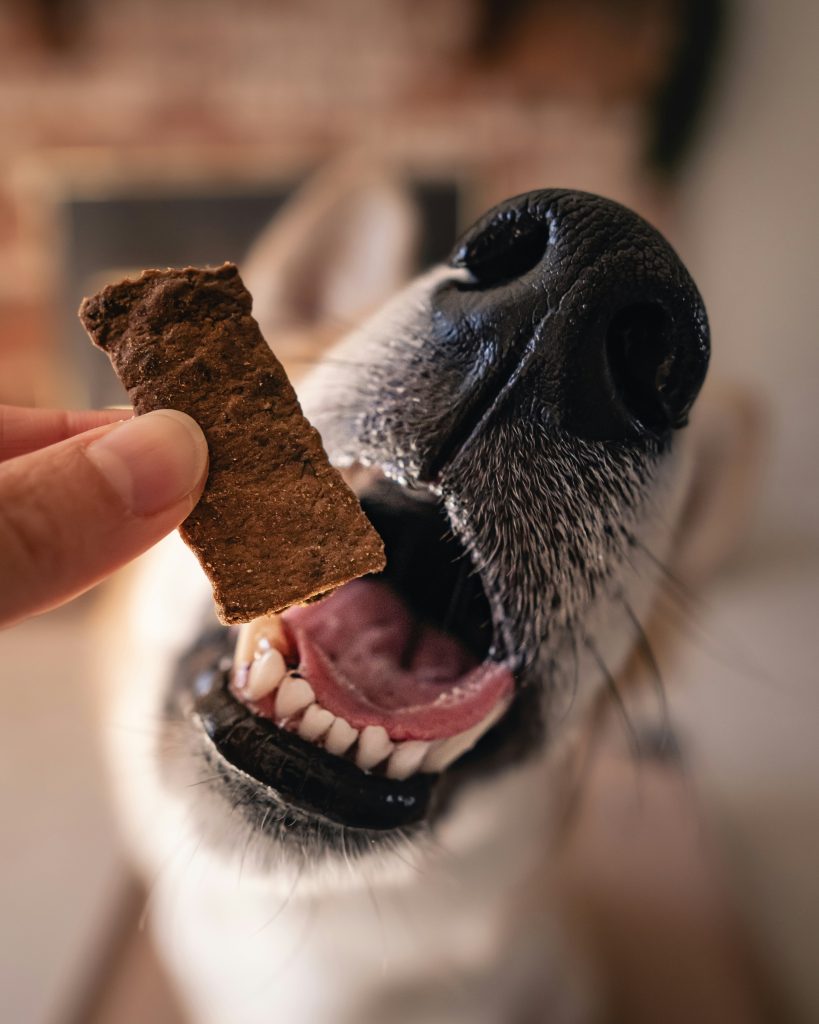Why Is My Dog Underweight? Common Causes and What You Can Do
Understanding the root of your dog’s weight issues is the first step toward a healthy solution.
If your dog seems too skinny or you can see ribs and hip bones, it’s natural to worry. But before you start piling on the calories, it’s important to understand why your dog is underweight in the first place. Let’s break down the most common causes—and how to address them.
Common Reasons Dogs Become Underweight
-
High Metabolism
Some breeds like Greyhounds or Whippets are naturally lean and burn calories quickly. -
Poor Diet or Lack of Calories
If your dog’s food isn’t nutrient-dense or they’re just not eating enough, weight loss is inevitable. -
Dental Issues
Painful teeth or gums can make eating uncomfortable, leading to a reduced appetite. -
Parasites
Internal parasites like worms can steal nutrients, leaving your dog malnourished even with regular meals. -
Stress or Anxiety
Changes in routine, environment, or separation anxiety can impact a dog’s appetite. -
Medical Conditions
Issues like diabetes, kidney disease, or thyroid problems can cause unintentional weight loss.
What You Can Do
-
Visit the vet to rule out health issues or parasites.
-
Switch to a high-quality, calorie-dense food made for active or working dogs.
-
Offer small, frequent meals to boost overall intake without overwhelming the stomach.
-
Supplement with weight-gain-friendly additives like oils, meats, and toppers.
Weight gain should be slow and steady. Once you’ve identified the cause, you can tailor your approach and help your dog reach a healthy weight safely.


